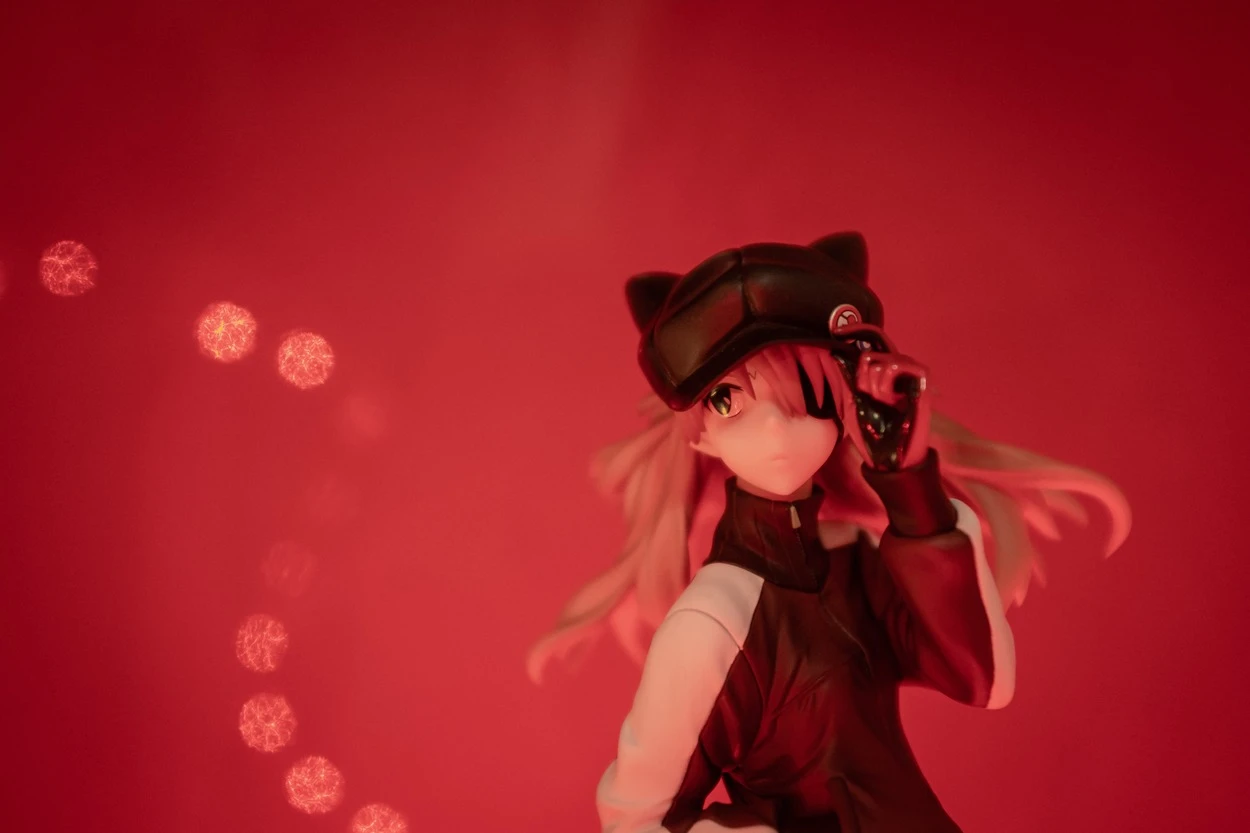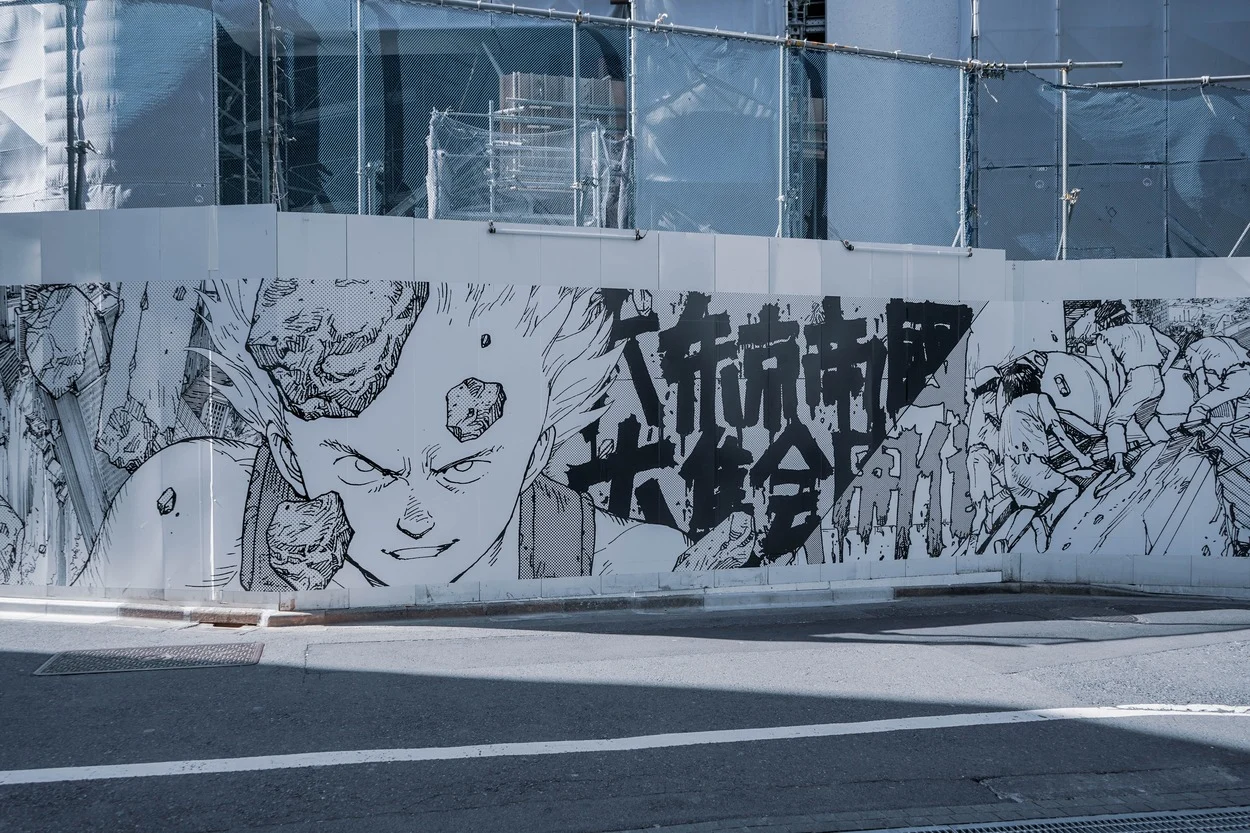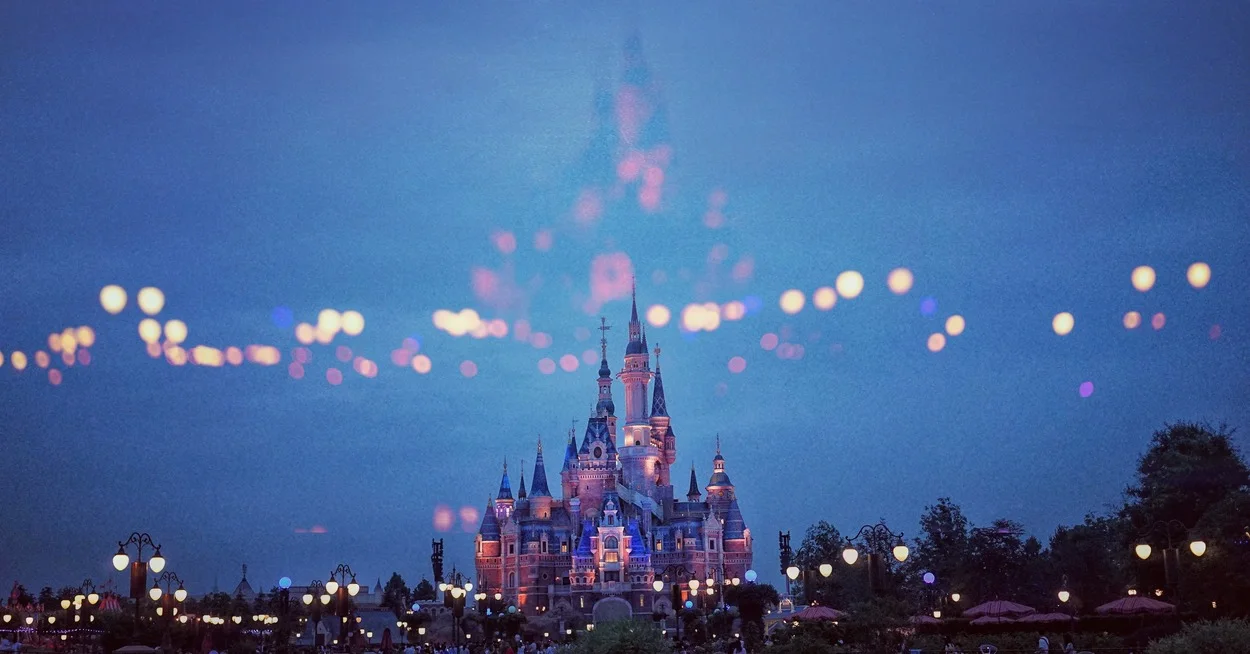When it comes to anime, there are two types of stories: canon and filler.
Canon is considered a part of the original story, while the filler is not. Filler is a part of the main story that was later made into a movie, TV show, or comic book.
Surprisingly, the net worth of the anime industry is way more than Hollywood. The market value of anime stood at $24.8 billion in the year 2021, while box office revenue was $21.3 billion in the same year. It’s worth mentioning that anime is not yet completely mainstream, though some popular anime have become mainstream.
This article talks about filler and canon in anime. If you’re interested in having a look at some anime masterpieces, keep reading!
Let’s get into the colorful and intense worlds of your very own anime.
What Does Filler Mean in Anime?
Anime filler is content that doesn’t advance the plot of the show or manga. These episodes are usually created by creators to stretch out the manga or anime series.
Although filler isn’t necessarily bad, it’s not something everyone is fond of. However, anime fillers can bring on some good things as well. Filler can include storylines or elements that aren’t originally present in the source material.
Example of Filler
The most common example of filler is an episode that’s not directly related to the story. Whether the content is a side story or a new character, filler episodes are designed to be a temporary solution.
However, it’s important to remember that filler episodes aren’t canon if they aren’t based on the source material.
What Does Canon Mean in Anime?
The word “canon” is used to describe something that has been written or drawn by someone else.

It may be official or unofficial. Official means that the work has legal permissions.
Unofficial means that the work has been reproduced without the permission of the original creator. This means that the new production might not have the same creative input as the original.
A canon is the primary storyline of an anime series. This is distinct from fanfiction or alternate universe works, which are stories that may not be part of the original storyline. Many anime series are based on manga, light novels, or video games.
Example of Canon
Do you remember the alternate ending of “How I met your mother”?
The fans were not amused with the canon ending of the sitcom where Tracy dies. So, the show had to release an alternate ending to stop the hatred of the fans.
Canon vs. Filler
Before we differentiate canon from filler, I’d like to give you an overview of anime and manga. Manga is considered the source of anime.
For further explanation, look at the table below:
| Canon | Filler |
| Canon refers to the adaptation of a manga into an anime. | As the original non-canon version of the anime, Filler is not adapted from the manga. |
| Canon works are those that have been accepted by the original author. | Non-canon or filler work will stray from the original material. |
| Ownership of canon remains with the original author. | There is no connection between the original author and the filler. |

Is Himawari’s Byakugan Canon or Filler?
Himawari’s Byakugan is a canon that takes place in episode 18.
In this episode, the premise is that Himawari fights over her toy, which gets ripped into pieces. Fans also wonder why Himawari is able to awaken Byakugan while Boruto cannot.
Many people blame the genes Boruto had, but let me tell you that it’s not true. In an interview, the writer said that she forgot to give Boruto Byakugan.
Is Manga More Canon Than Anime?
Manga and anime both have a canon, but they differ in a few important aspects.
- Both are adaptations of the same story, and they reference events in the manga.
- In addition, anime is written by a different author. While manga does not have the same level of continuity as anime, the big events of both are canon.
The main difference between the two is the way canon and non-canon work.
Manga can be considered canon if it follows the original storyline and timeline, while anime can be considered non-canon if it includes content not directly related to the storyline.
One example is Dragon Ball Z, which is an anime series based on the manga version. However, it heavily includes original (canon) content.
How is Anime Different From Disney?

A difference between anime and Disney is that the former has its industry in Japan, whereas the latter is headquartered in the United States.
Another difference is the business model they both have. Producing Disney movies requires a huge amount of money, whereas anime requires much less.
There is also a difference in the target audience in both industries. Disney caters specifically to children, while anime is geared more toward teenagers, specifically those over 16 years old.
Conclusion
- There are two ways to determine if a series is a canon.
- The first is to go by the original work of the author; then, there are the works of other authors. If a series has more than one end, then it can be considered canon.
- However, there are many problems with canon.
- While casual viewers assume that events in a series are canon, anime fans often wonder what the actual definition is.
- The answer is not as complicated as you might think. “Canon” is the main storyline that an anime series follows. It applies to works of fiction in general. For example, a story that is canon for a series may not be canon for a manga series.

